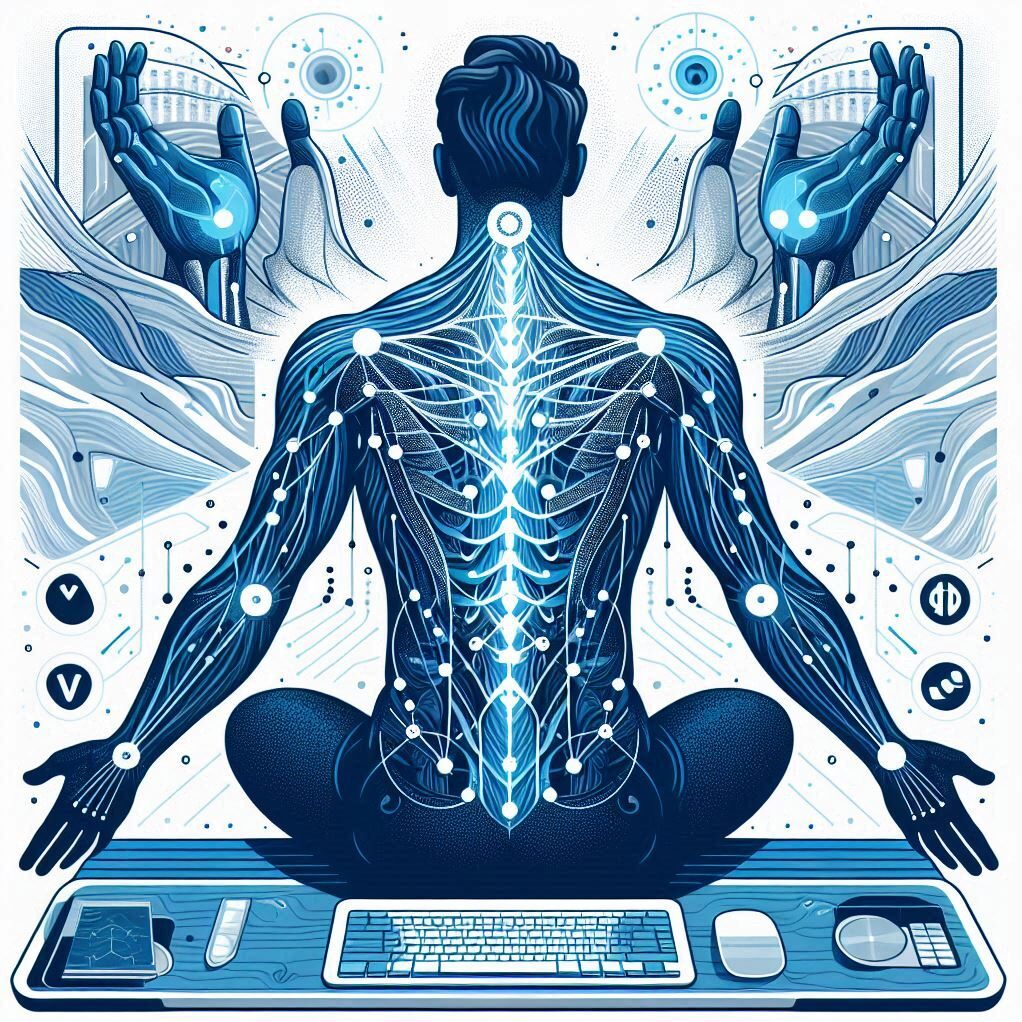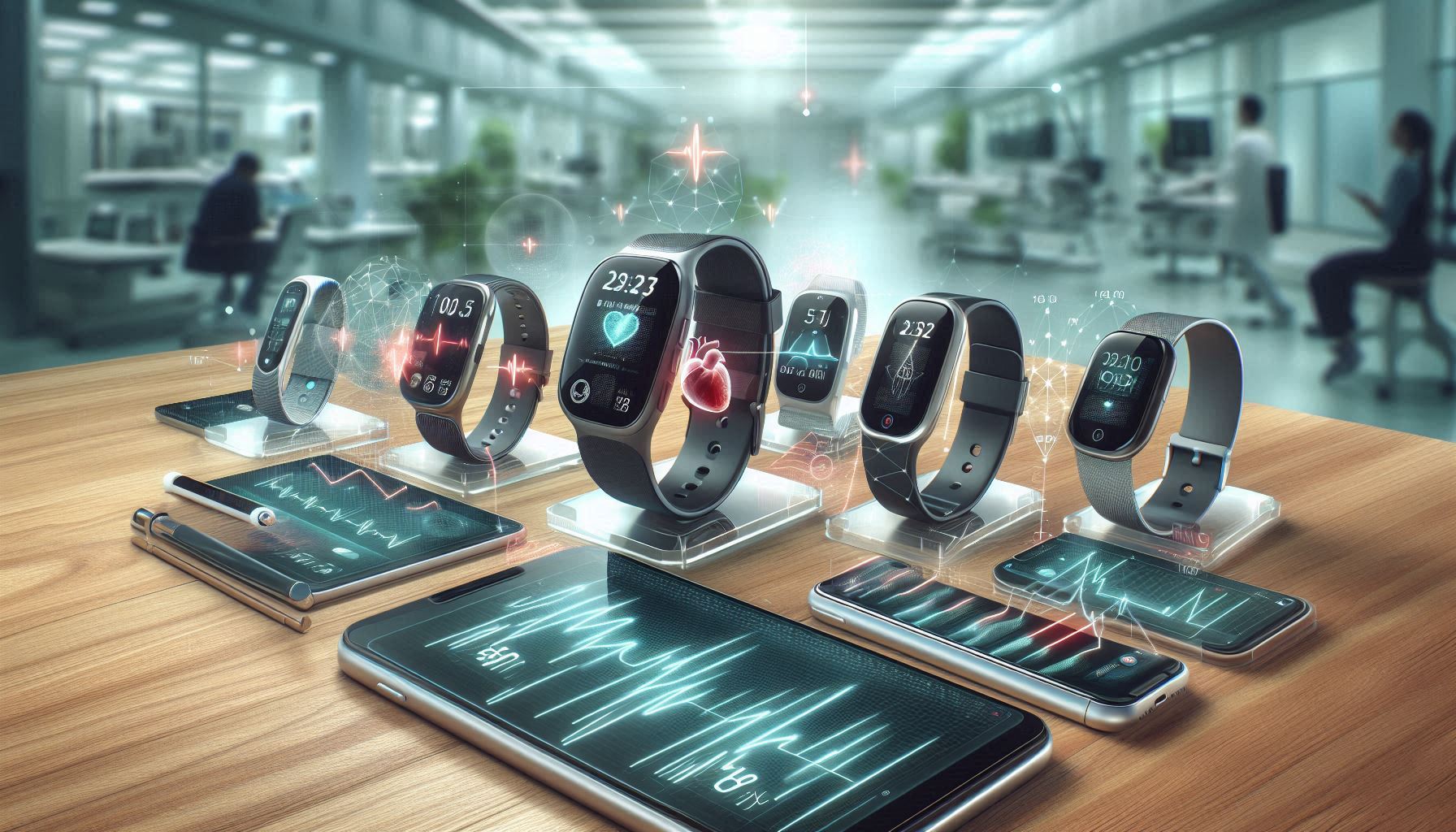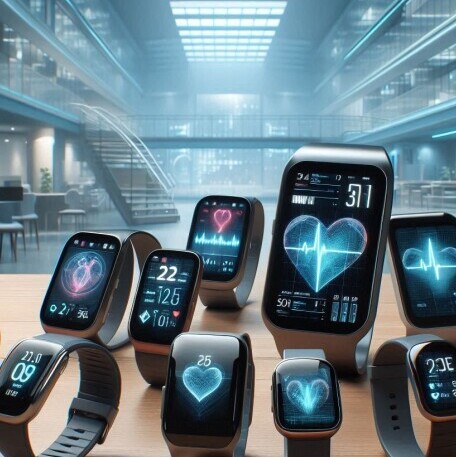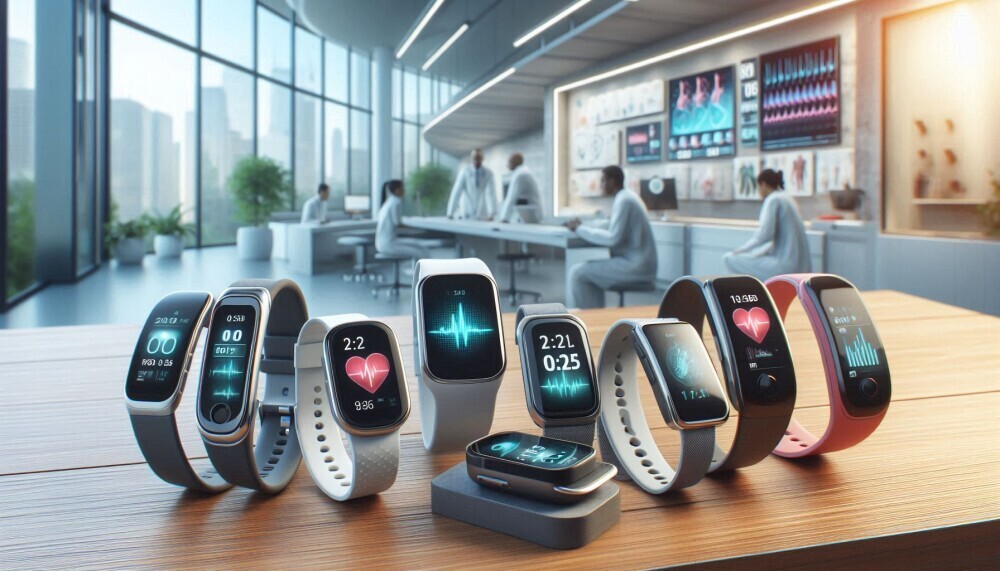Millions of people are now regular users of one form or another heart rate monitors. Are you one of those people? Are you feeling that you are getting the maximum benefit from your monitor? In this article, we shall be looking at How To Get The Best From Your Heart Rate Monitor. Let’s get started!
Introduction
Heart rate monitors have evolved from niche fitness tools to essential companions in our journey toward better health. Whether you’re a seasoned athlete chasing peak performance or someone simply wanting to stay in shape, your heart tells the story of your effort, recovery, and progress. Modern wrist worn monitors, chest straps, and even smart fabrics now offer real time feedback that’s more accessible, accurate, and versatile than ever before.
But simply strapping it on isn’t enough to tap into its full potential. To truly benefit, you need to understand how heart rate data reflects your body’s inner workings, and how to apply that insight to exercise, recovery, stress management, and everyday life. This guide will help you master your heart rate monitor by exploring setup, training zones, smart integration, and long term strategies. Turning raw numbers into real results.
How To Get The Best From Your Heart Rate Monitor
1. Select the Right Heart Rate Monitor
Choosing the right monitor depends on accuracy, comfort, and how you’ll use it:
- Chest-strap (e.g., Polar H10): Offers clinical grade ECG accuracy. Ideal for interval training, sports, or anyone needing precise readings.
- Wrist worn optical sensors (e.g., Apple Watch, Garmin, Fitbit): Convenient for everyday use—great for steady cardio, stress monitoring, sleep tracking.
- Armband or smart clothing (e.g., Scosche Rhythm+, Hexoskin): Combines accuracy and comfort without the chest strap.
Match your choice to your goals. Choose precision for performance or convenience for casual tracking.
2. Calibration and Proper Fit
To get reliable readings:
- Wear correctly: Chest straps should sit just below the sternum. Wrist monitors should be snug above the wrist bone.
- Moisten sensors: Wet the plate on chest straps or skin where wrist sensors sit to improve conductivity.
- Start with a calibration workout: Perform a brief test run or steady state cardio to ensure numbers are realistic.
- Update firmware & calibrate sensors: Keep software current for the best accuracy.
Proper fit and calibration ensure data reflects your true effort, not noise or error.
3. Understand Heart Rate Zones
Training by heart rate zones refines performance and recovery:
- Zone 1 (Warm-Up): 50 to 60% of max HR
- Zone 2 (Fat-Burn/Endurance): 60 to 70%
- Zone 3 (Aerobic Threshold): 70 to 80%
- Zone 4 (Anaerobic Threshold): 80 to 90%
- Zone 5 (Max Effort): 90 to 100%
Use zones to:
- Control workout intensity
- Build stamina efficiently
- Avoid overtraining
- Tailor workouts based on goals
Estimating max HR (220 – age) is a start, but personalized testing yields better zones.
4. Use Heart Rate to Guide Workouts
Your monitor becomes a coach:
- Steady state: Maintain desired zone for run, ride, or swim.
- Intervals: Alternate between high and low zones for HIIT sessions.
- Threshold training: Spend time near threshold (Zone 4) to improve lactate clearance.
- Recovery workouts: Stay in Zone 1 to 2 post hard workout to ease fatigue.
Many devices have guided workouts featuring zone alerts. This is a helpful coach on the wrist.
5. Recovery and Readiness Metrics
Beyond fitness, heart rate reveals recovery and readiness:
- Resting Heart Rate (RHR): Lower RHR signifies efficiency; a spike may indicate fatigue or illness.
- Heart Rate Variability (HRV): Indicates stress resilience; higher HRV = better recovery capacity.
- Morning readiness checks: Some apps ask when you wake to measure RHR/HRV and guide training.
Leverage these daily metrics to manage training load, stress, and rest.
6. Perform Better with Data Driven Feedback
Collect and use data:
- Track trends: Use apps to chart changes in RHR, max HR, calories burned.
- Export or sync: Link with Strava, Training Peaks, Garmin Connect, Apple Health for richer insights.
- Identify plateaus: Data may reveal unexpected stress, undertraining, or burnout.
- Set performance goals: Use heart rate to set event pacing, fat burning targets, or circuit training benchmarks.
Turning data into actionable insights accelerates progress and health awareness.
7. Manage Stress, Sleep & Wellness
Your heart rate monitor can aid more than workouts:
- Stress tracking: Sudden HR elevation can signal stress, triggering relaxation prompts.
- Guided breathing: Many apps offer biofeedback to calm down and recover.
- Sleep insight: RHR and HRV during sleep reveal quality and strain.
- Ease of integration: Sync with mindfulness or wellness apps for holistic tracking.
Using your monitor 24/7 builds a 360° picture of your health.
8. Stay Motivated and Consistent
Stick with it through:
- Daily targets: Steps, active minutes, workout consistency.
- Achievements and medals: Many apps reward streaks and milestones.
- Sharing results: Share progress with friends or workout groups.
- Accountability: Let your heart rate data guide your effort. Don’t guess what intensity feels like.
App features bring motivation and fun back into the grind.
9. Maintain Your Monitor
Clean and care for your gear:
- Wash periodically: Chest straps and bands can collect sweat. Regular cleaning prevents odour and skin irritation.
- Replace batteries or recharge: Avoid gaps in tracking due to dead batteries.
- Update firmware: Manufacturers often improve accuracy and features over time.
- Inspect sensors: Address damage early for reliable readings.
A well maintained monitor lasts longer and tracks more accurately.
10. Evaluate When to Upgrade
As your fitness improves, so should your monitor:
- Need ECG, VO₂ max, advanced HRV tracking? Look for premium models.
- Require built in GPS or offline music? Consider smartwatch hybrids with HR monitors.
- Want multi sport tracking? Pick triathlon ready devices with multisport transitions.
Choosing the right tool ensures you’re measuring the metrics that matter most to you.
Frequently Asked Questions
1. What is the most accurate type of heart rate monitor?
Answer: Chest strap monitors, like the Polar H10, are considered the most accurate because they use ECG technology to detect electrical signals from the heart, offering clinical grade precision.
2. How do I find my ideal heart rate zones?
Answer: Start with the formula: 220 minus your age to estimate your max heart rate. Then apply percentages to find your zones (e.g., Zone 2 = 60–70% of max HR). For more accuracy, use a VO₂ max or lactate threshold test.
3. Can I wear my heart rate monitor all day?
Answer: Yes, most wrist worn monitors are designed for 24/7 use. They can track resting heart rate, sleep, and stress levels. However, make sure it’s comfortable and doesn’t irritate the skin.
4. What does a sudden increase in resting heart rate mean?
Answer: A spike in resting heart rate could indicate fatigue, overtraining, illness, dehydration, or poor sleep. It’s a good signal to rest or adjust your routine.
5. Is heart rate monitoring useful for beginners?
Answer: Absolutely. Beginners can use HR data to avoid overexertion, pace themselves properly, and build fitness safely and progressively.
6. How often should I clean or maintain my heart rate monitor?
Answer: Wipe wrist monitors after workouts and wash chest straps weekly with mild soap and water. Regular cleaning helps maintain accuracy and hygiene.
Conclusion
When used thoughtfully, your heart rate monitor becomes a personal coach. Guiding workouts, recovery, stress management, and lifestyle choices. But data alone doesn’t guarantee success. Consistent use, goal setting, trend analysis, and integration with training and wellness habits turn raw numbers into transformative insight. Make it a habit!
To truly get the best from your monitor, treat it as a partner, not just a gadget. Wear it regularly (not obsessively), give it a proper setup, interpret trends, train intentionally, and care for both device and data. Over time, you’ll evolve from simply watching your heart beat to understanding what it’s telling you. That knowledge is powerful enough to change your performance, health, and overall wellbeing.
Our Thanks
Many thanks for reading this article on How To Get The Best From Your Heart Rate Monitor. I hope that you have found it to be helpful and informative. If you would like some extra reading on this topic, take a look at our blog! There are a lot of really informative articles on this and other wearable health tech device subjects. You might like our related article which is titled Best 5 Wearable Heart Rate Monitors.
Please let us know in the comments which type of heart rate monitor you are currently using or plan to buy in the future!
**Here is a bit of transparency. Our website www.vertevia.com does contain affiliate links and Amazon links. So, if you did make a purchase through the website, we may receive a small commission. This is at no extra cost to you whatsoever. It’s just a way for you to support us as we continue to bring you top quality content**
All the best!
Eamon





